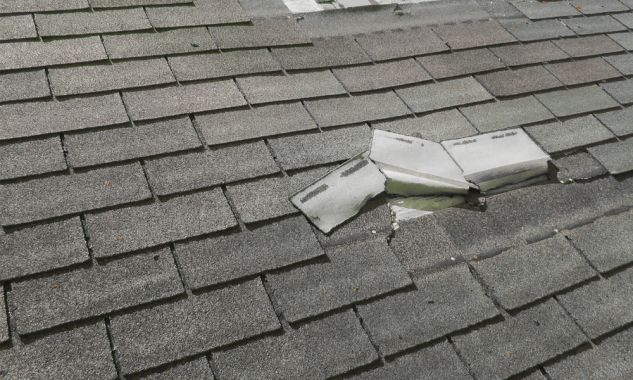A leaking roof can be a frustrating issue, but finding the source of the problem is crucial for effective repairs. Here’s a quick guide to help you identify the cause of a roof leak:
- Check for obvious signs: Start by visually inspecting your roof from both the interior and exterior. Look for water stains on the ceiling, walls, or attic. Examine the roof for missing or damaged shingles, cracked flashing, or any other visible signs of damage.
- Assess the age and condition of the roof: Consider the age of your roof and its overall condition. Roofing materials deteriorate over time, so if your roof is old or nearing the end of its lifespan, it may be more prone to leaks.
- Inspect flashing and seals: Flashing is used to seal vulnerable areas such as roof valleys, chimneys, vents, and skylights. Check for any cracked, corroded, or improperly installed flashing. Also, inspect the seals around these areas for signs of wear or damage.
- Look for damaged or missing shingles: Examine the shingles for cracks, curling, or missing pieces. Damaged or deteriorated shingles can allow water to penetrate the roof system. Pay attention to areas where two roof planes intersect, as they are more susceptible to leaks.
- Examine roof valleys: Roof valleys, where two roof planes come together, are common areas for leaks. Check for debris buildup, damaged shingles, or insufficient flashing in these areas.
- Inspect the roof vents: Roof vents are essential for proper ventilation but can be potential leak points. Ensure that the vent covers are intact, and the flashing around them is in good condition.
- Check the attic: Go into your attic or crawl space during daylight hours and look for signs of water penetration, such as dampness, water stains, or mold growth. Trace the water trail to its source, which may be some distance away from the actual leak.
- Consider the slope and drainage: If your roof has a low slope, it may be more susceptible to leaks. Ensure that the roof is properly designed for adequate drainage, with no areas where water can accumulate or pond.
- Weather conditions: Note any patterns of leaks after specific weather events, such as heavy rain or strong winds. This can help narrow down the potential causes.
It’s important to exercise caution when inspecting your roof, especially if you need to climb onto it. If you’re unsure or uncomfortable with the process, it’s recommended to consult our professional roofing contractor who can identify the source of the leak and recommend the appropriate repairs. For a free estimate, contact us here or call (314) 932-1042 to get started!
